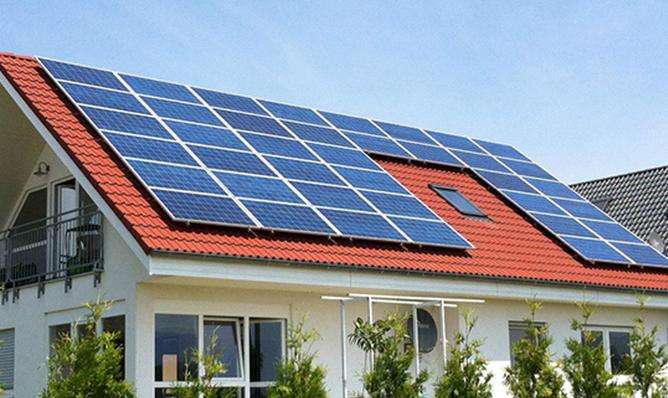Generators are generally composed of stators, rotors, end covers, bearings and other components. The stator consists of the stator core, wire windings, machine base and other structural parts that secure these parts. The rotor is composed of rotor core winding (or magnetic pole, magnetic yoke), retaining ring, center ring, slip ring, fan and a rotating shaft.
The stator and rotor of the generator are connected and assembled by the bearings and end covers, so that the rotor can rotate in the stator and carry out the cutting movement of the magnetic lines of force, thereby generating an electric potential, which is discharged through the terminals and connected to the circuit, an electric current is generated.
A general generator first converts the energy contained in various primary energy sources into mechanical energythan through the main engine, then converts it into electrical energy through the generator, and then sends it to various power consumption places through the power supply. transport and distribution networks.
Type
Due to the different forms of primary energy, different generators can be manufactured.
1. Hydraulic generators can be made using hydraulic resources and hydraulic turbines of different capacities and speeds can be made using the position difference. As for the downward flow, the energy of the water flow drives the turbine to produce electricity. However, the disadvantage is that if the position difference is too small and the flow speed is not fast enough, stable power supply cannot be provided.
Currently, there is a way to generate electricity using ocean currents, but the generator is oftendamaged due to strong ocean currents or excessive pressure beneath the sea surface.
2. Using coal, oil and other resources, combined with boilers and steam turbines, turbogenerators can be made. Most of these generators are high speed motors (3000 rpm).
3. Additionally, there are different types of generators that use wind energy, atomic energy, geothermal energy, tides and other energies.
? Detailed information:
Development history
When discovery After the discovery of electromagnetic induction, the method of generating alternating current was understood. The first finished products were developed by Michael Faraday and Polit Pixie.
In 1866, Werner von Siemens proposed the operating principle of the generator, and a Siemens engineer made the firstalternator.
In 1882, British electrician James Gordon built a large two-phase alternator. Lord Kelvin and Sebastian Ferranti developed the first alternating current generators with frequencies between 100 Hz and 300 Hz.
In 1891, Nikola Tesla patented a "high frequency" alternator (15,000 Hz).
After 1891, polyphase alternators were used to provide power. The alternating current frequency of later alternators was generally designed between 16 Hz and 100 Hz and was used with arc lamps, incandescent lamps or electric motors.
When the magnetic field around a conductor changes, an induced current is generated in the conductor. Typically, a rotating magnet is called a rotor, a coil of conductors wound around an iron core. The stationary group inside the stator, called a stator, produces an electric current when it passes through the magnetic field.














